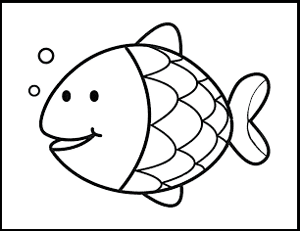Spirinchus thaleichthys
Identification Tips:
• Body pale olive brown dorsally, silvery white on sides belly
• Fins usually striped along the rays,with membranes clear;.
• Spawning males with moss-green backs, and dense, black speckling on the head and back
• Upper jaw is long reaching point below the middle of the eye or further
• Lateral line incomplete and reaching not quite to below dorsal fin
• Dorsal fin: 8 - 10 soft rays
• Anal fin: 15 - 19 soft rays (Ref. 27547)
Conservation Status:
| British Columbia | Canada | Natureserve | |
| COSEWIC | Species at Risk Act | ||
| Not at Risk (Yellow List) | Data Deficient | None | G5, S4 |
Information Source: BC Conservation Data Centre: http://a100.gov.bc.ca/pub/eswp/
Life History:
• Two spawning runs in Fraser River; one in late August and September, and one in November.
• There are small bodied populations in some lakes near the coast that do not go to sea.
• Mature and spawn in 2nd year.
• Most, but not all, die after spawning.
Habitat:
• Spend most of life cycle in the ocean, close to shore, in bays and estuaries
• Spawn in coastal rivers over sandy-gravel substrates, rocks, and aquatic plants .
• After hatching, larvae are transported downstream into estuaries.
• Lake populations spawn in tributaries
Range:
British Columbia
• Only known B.C. spawning runs are in the lower Fraser River; as far upstream as Chilliwack
• Landlocked dwarf forms known from Pitt Lake and Harrison Lake.
Global
• Prince William Sound, Alaska to Monterey Bay, California.
• Landlocked forms also in Washington and Union Lakes in Washington,
––––––
Primary Information Source:
McPhail, J.D. 2007. The Freshwater Fishes of British Columbia. University of Alberta Press. Edmonton, Alberta.

